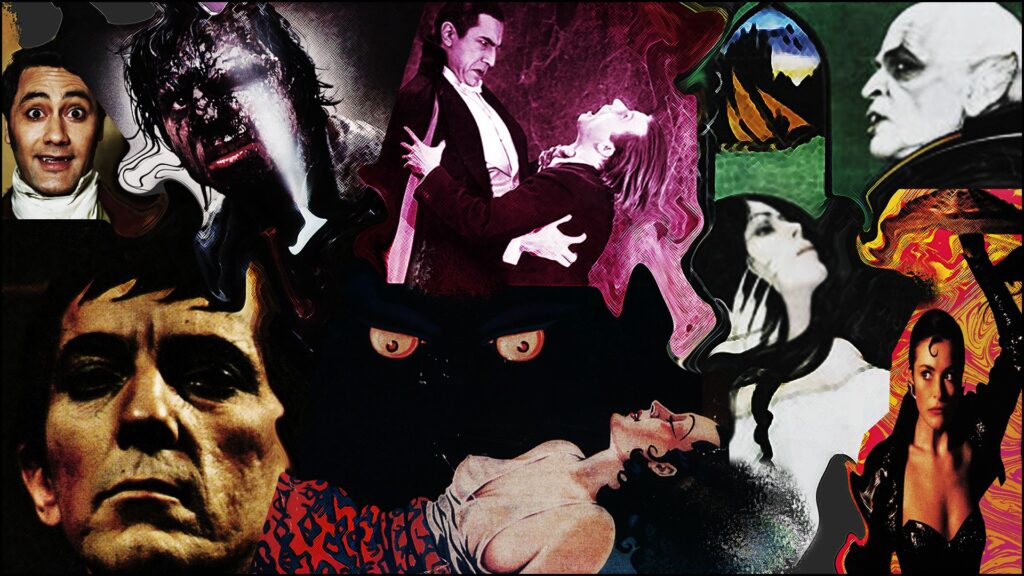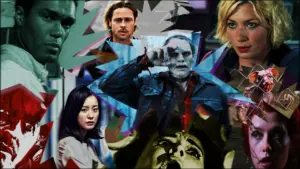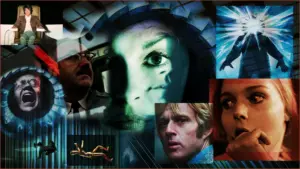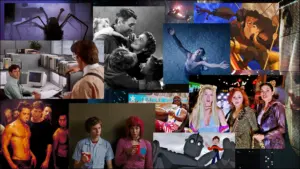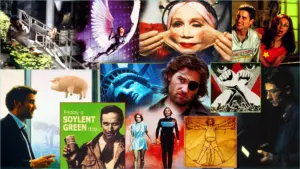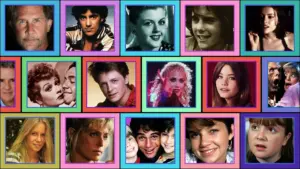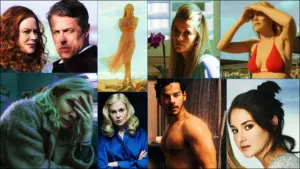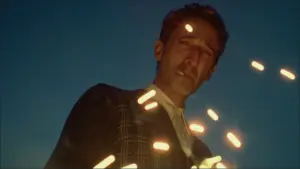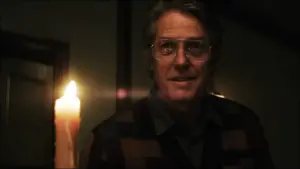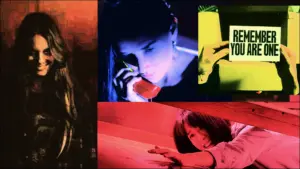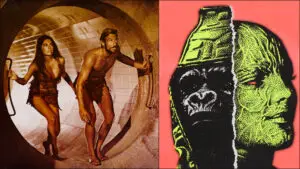You don’t need to be a poulterer to know that chickens, as they must, eventually come home to roost. When they do, if they’re the right kind of chickens, they can be fearsome indeed.
Consider, for instance, all those people who are wandering the streets of America without green cards or documentation, striking fear in the hearts of right-wingers everywhere. What are they if not specimens of the zombie plague of 28 Days Later or the body snatchers that threatened to replace ordinary, God-fearing, law-abiding Americans with, well, something other than all that?
When Britons of the late Victorian era wanted to scare themselves silly, they imagined their cozy island home overrun by looted mummies escaped from the British Museum, or savage dogs let loose upon the moors. It took an Irish novelist named Abraham Stoker, resident in London and possessed of an idea to tell an allegorical tale of British colonialism by means of a monster story, to find another scary creature with which to strike fear in stout British hearts everywhere.
The creature Bram Stoker landed on was, of course, the vampire, in the memorable personage of a fellow borrowed from Romanian history, a nasty piece of work named Vlad the Impaler, known to history as Dracula, “the dragon.” (There’s a complex tale behind the dragon bit, but for our purposes think sharp teeth.) Stoker was not the first Western European novelist to put a vampire to work in a story, but he caught exactly the right zeitgeist: there was no scarier creature in the pea-soup fog of a London night, unless you were working the streets that Jack the Ripper haunted, than an illegal immigrant who wanted nothing more than to remove every ounce of blood from true-blue British veins, and who brought along a few zillion rats as shipmates to remind readers of the plague that had killed one in every four Londoners two centuries earlier.
When Dracula was first published, in 1897, it caught on instantly. We know the story mostly through its film adaptations, particularly the iconic 1931 version with Bela Lugosi as the blood-sucking count from Transylvania, filmed to quite realistic effect on a Hollywood soundstage. That film and its descendants take a few liberties with Stoker’s original, but it could not have been helped; Stoker’s novel is an epistolary tale, after all, that stretches into long and elaborate tangents, with plenty of Cockney dialect to provide local color: “’Ittin of them over the ’ead with a pole is one way; scratching of their hears is another, when gents as is flush wants a bit of a show-orf to their gals.”
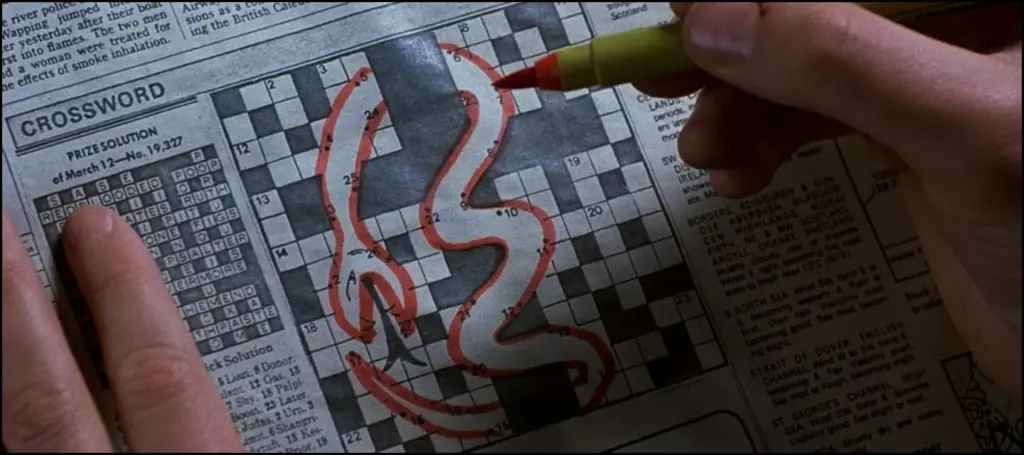
Despite its longueurs and a few, well, dead stretches, Dracula was a hit, a horrorfest that struck a chord in just the way that Jaws kept Americans out of the ocean half a century ago. Bram Stoker was not so fortunate as his now-classic book, which has spawned a legion of books and films about the undead: he died following a series of strokes in 1912. His widow published a follow-up collection of his partially finished vampire stories two years later, just in time for the massive bloodletting of World War I, but it, like most of Stoker’s other works—including the strange Lair of the White Worm, turned into an equally strange film by Ken Russell—soon faded into obscurity.
Kindly spare a thought for the man and his book on this Halloween and after. And watch a slate of vampire films while you’re at it, too. Here are a few to get you started:
Dracula (1931 or 1999)
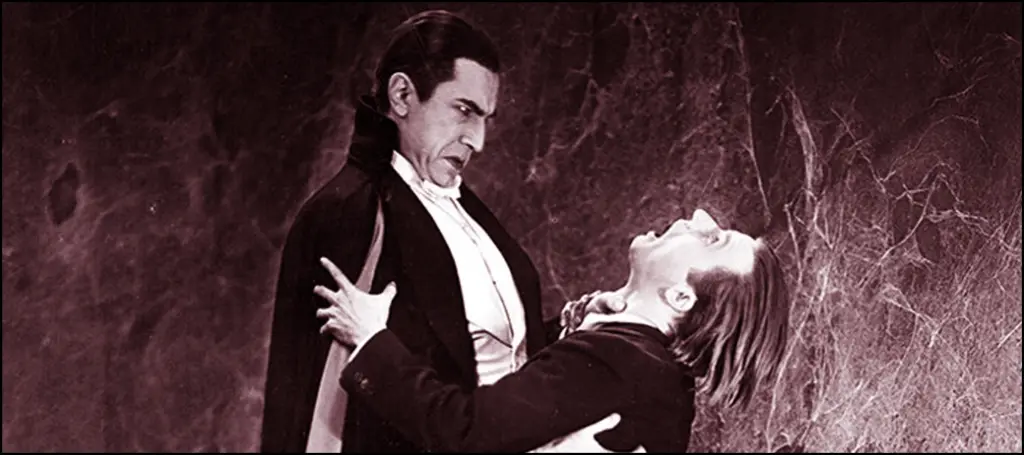
We’ll begin, of course, with the original Dracula from 1931. But treat yourself to the 1999 version with its frenetic Philip Glass score, which lends an extra layer of spookiness to the enterprise. Be sure to blast Alice Cooper’s “Ballad of Dwight Fry” for the benefit of the neighbors when you’ve screened the film. You’ll know why once you’ve taken in the unsettling countenance of the insane Renfield, babbling about flies and spiders.
Nosferatu (the Vampyre)
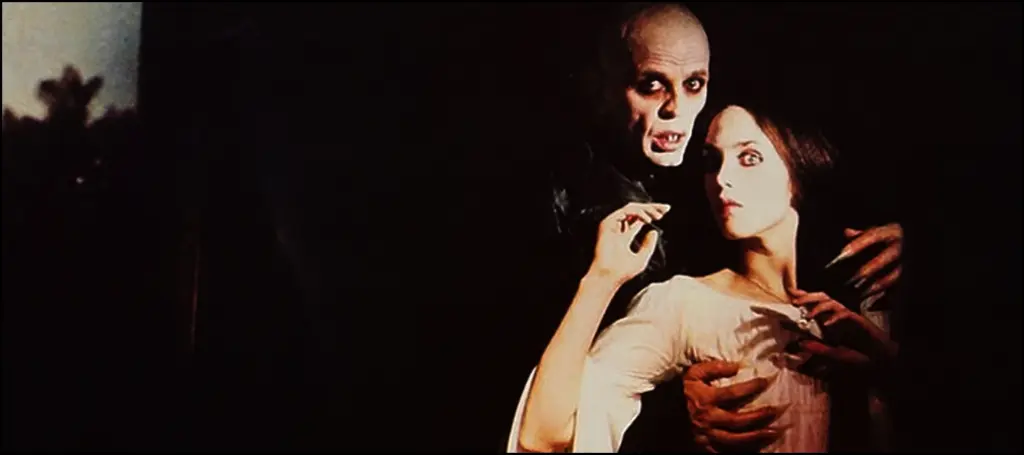
The original 1922 Nosferatu, directed by F. W. Murnau, beat Tod Browning’s version of Dracula to the screen by a decade, and, at more than a century old now, it feels about as musty as the vampire’s dank coffin. Intriguingly bizarre, and holding up better, is Werner Herzog’s 1979 take on the story, with Klaus Kinski as the vampire and Isabelle Adjani as one of his unfortunate victims. (An updated version of Nosferatu is slated to be released Christmas day, 2024.)
Near Dark

Redneck vampires? Sure thing, and they make life very difficult for a little Arizona farm town in Near Dark. Directed by Kathryn Bigelow and released in 1987, it’s notable for several things, including the fact that the three grownup vampires were played by Lance Henriksen, Bill Paxton, and Jenette Goldstein, fresh off the set of Aliens, where they played redneck space marines.
Dark Shadows

When it was first on TV back in the early 1970s, my younger siblings would race home from school to watch Dark Shadows, a British series that never quite grabbed me. Leave it to Tim Burton to give the original a few, well, darkly humorous twists, mostly delivered by a vampire very much out of his element in the modern era, played with due irony by Johnny Depp.
What We Do in the Shadows
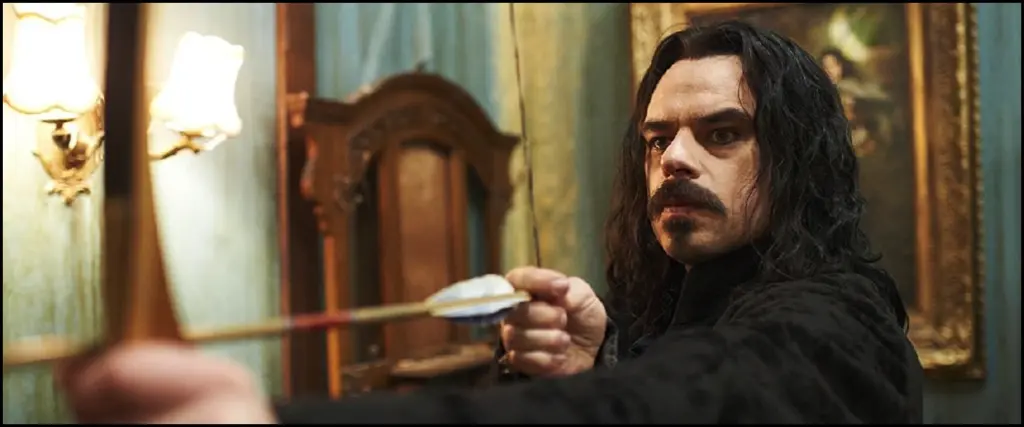
Another delightful palate-cleanser after a few scary vamp flix is What We Do in the Shadows, a goofy film from 2015 by New Zealanders Taika Waititi and Jemaine Clement. It’s the Spinal Tap of the cape-and-fangs genre, and great fun from start to finish. The creators turned it into an FX/Hulu series a few years later, turning Staten Island into their own private Transylvania.

